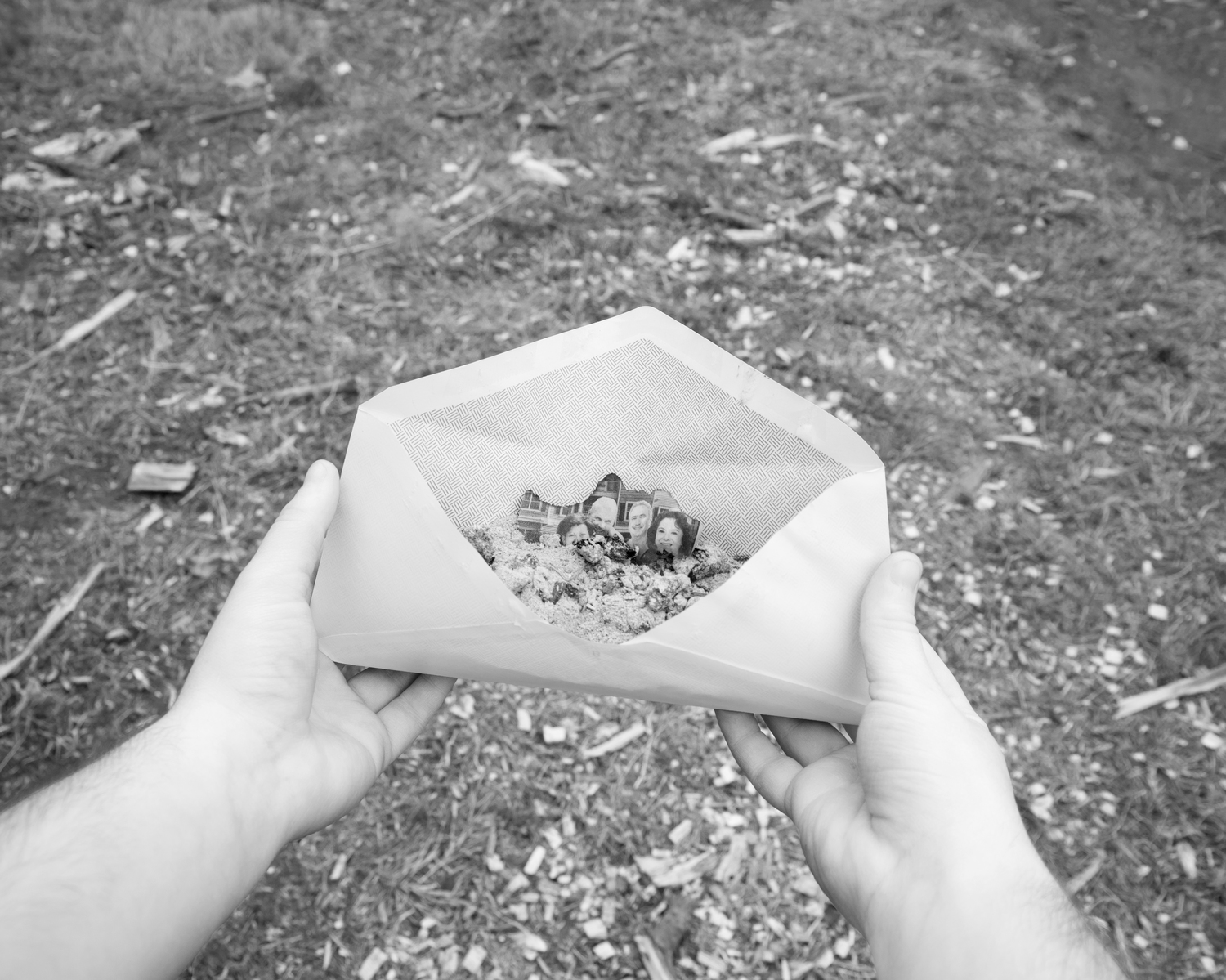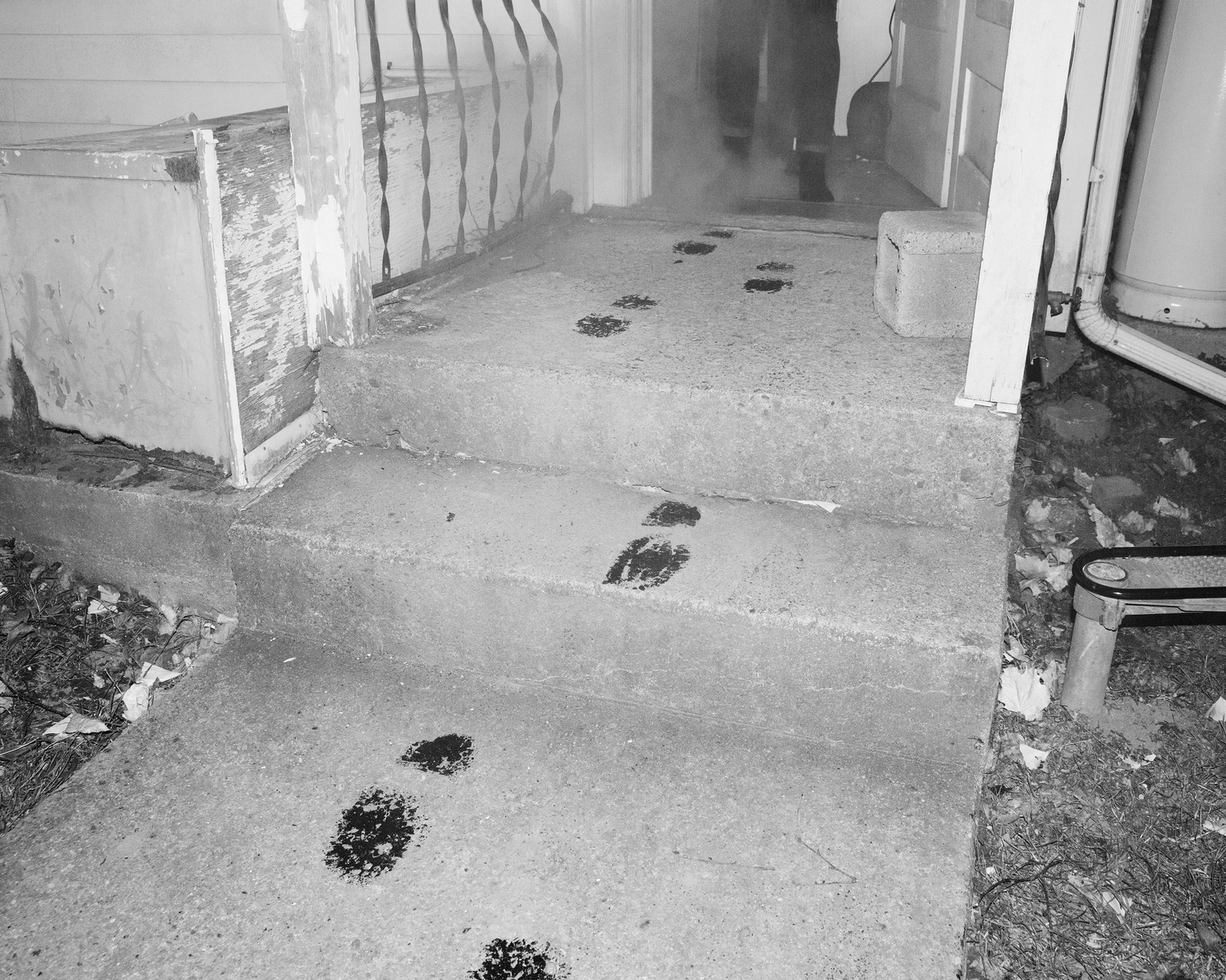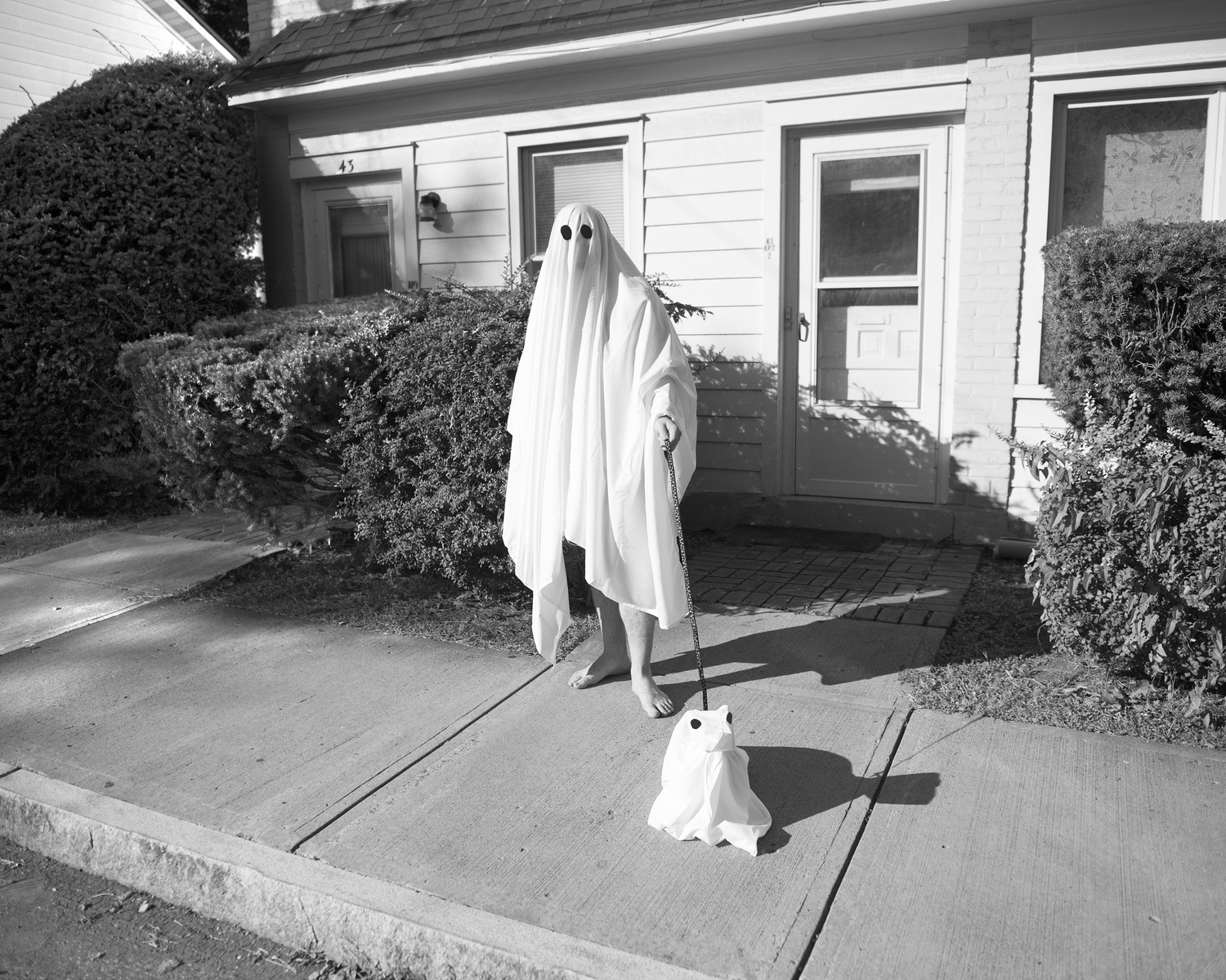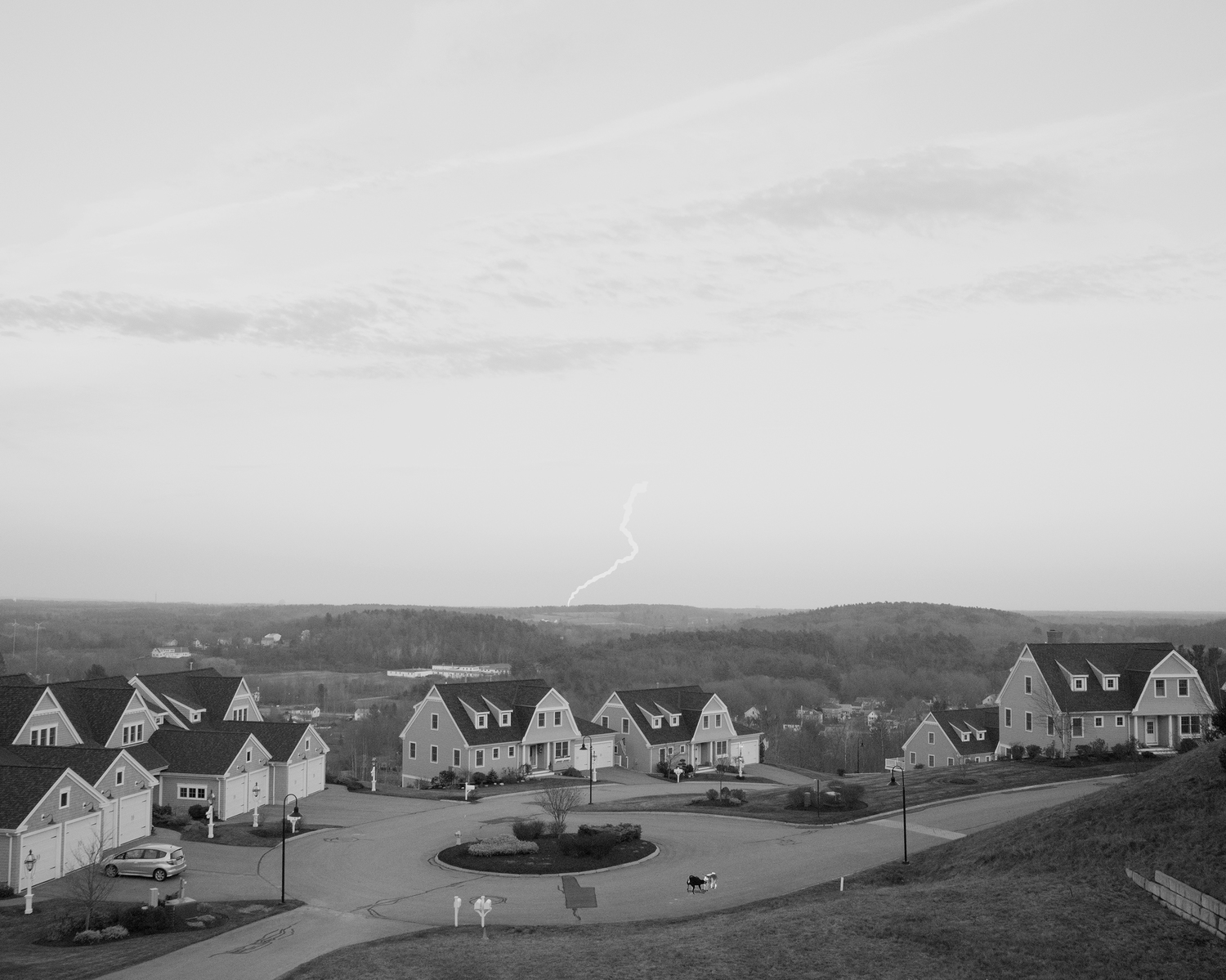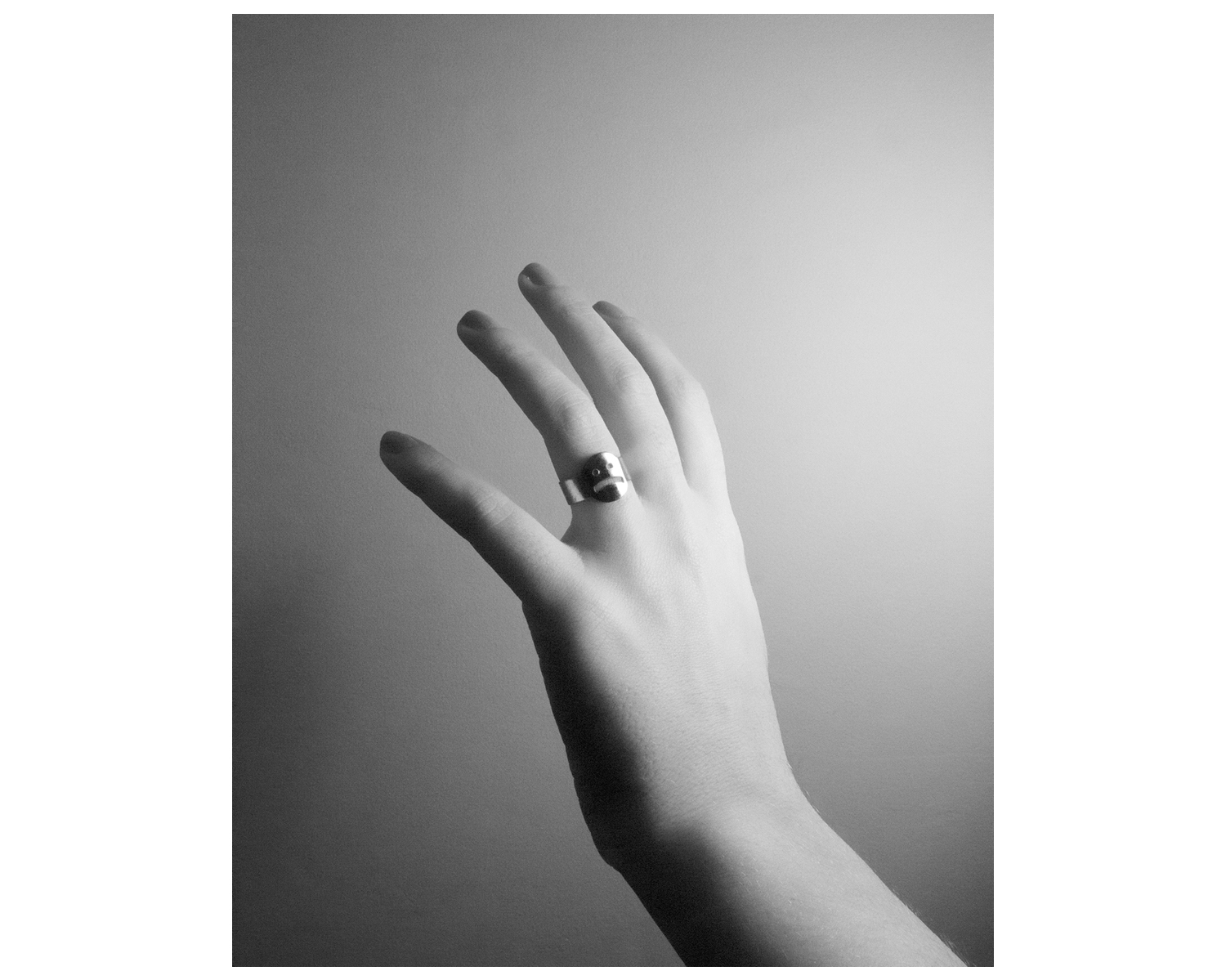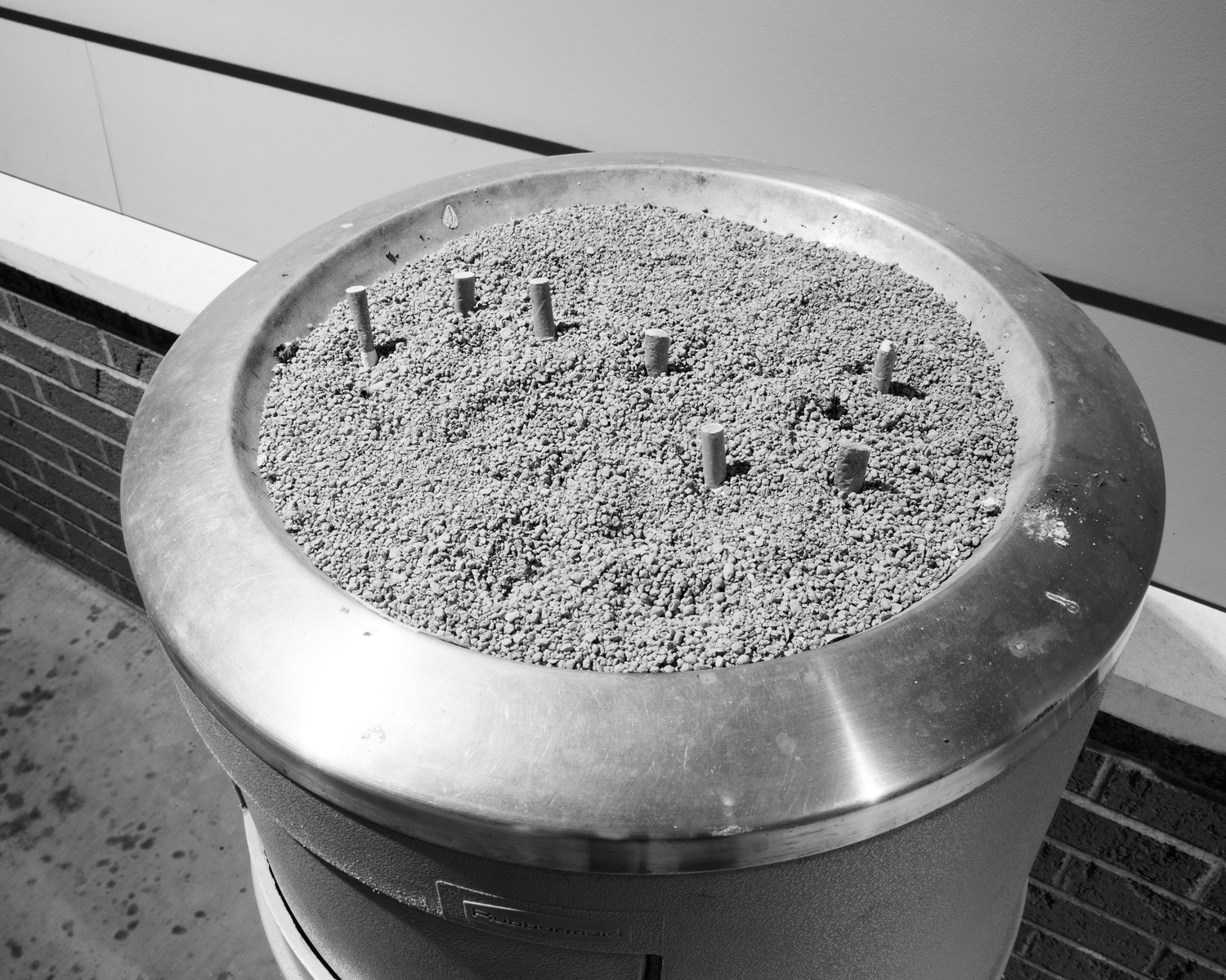Visual Substitutes
Photographs by Rory Hamovit
Interview via emails, July 2016
How did you find photography, what caused you to pick up a camera?
I’ve loved art since I was a kid. I was always drawing and filling up sketchpads. I remember picking up a camera a few times as a kid and being impressed with how to document my imagination in another way. I recall using it like a videocamera and taking stills that made up a story. I didn’t really start in earnest until high school where I took a photography class by chance. The rest just followed.
How do your projects typically develop? Do concepts come first or does the photographing?
In the past my projects usually develop as small, silly kernels of stories or jokes. Definitely concept first. More recently though I’m approaching projects more through general interest/mild obsession. I have been doing a lot more research, spending months reading before I even take the picture. It’s slow but I like what I’m learning. For example, for the past six months I’ve been researching 19th century Spiritualism and am still incredibly fascinated but haven’t moved farther than doing making some rough outlines of images I’d like to see.
[from the series Visitations]
There is a performative aspect to your pictures. Who are the characters in your pictures? What compels you to step in front of the camera?
There’s a lot of characters in my pictures, certainly some nameless yet symbolic ones running through projects—but there’s only one with a name and real identity and that’s Murray. We could go on about all his “attributes” but really it’s still all about me. Ending up in front of the camera has always felt inevitable to me, because of the level of personal investment in the lengthy gestation and the fact that most of the time I’m too embarrassed to ask anyone else to partake. Making such constructed and narrated work it feels natural that the storyteller shows their hand/face/almost complete full frontal nudity. It could be seen as a little egocentric but what artist doesn’t dabble in that mess.
[from the series Murray T. Slatz]
[from the series Murray T. Slatz]
Who are your favorite artists? What draws you to their work?
I love a lot of painters. One my absolute favorites is Rembrandt and that whole gang of Dutch painters. Also it’s out there but ever since I saw his sculpture garden in Reykjavik I’v been looking and thinking a lot about this Icelandic sculptor Einar Jonsson. It’s a little morbid and occultish but I’ve been digging it. In terms of all time favorite photographers who I never get enough of it’s Timothy O’Sullivan (obviously) and really that whole crowd of 19th century western photographers. Also Robert Cumming is an all time favorite. He’s the one photographer/artist I think more people should look at.
What inspires you to make pictures?
I’ve been thinking about this a lot lately, like what is the spinning gizmo inside my soul that compels me to make artwork and justifies that this work is meant to be. I got nothing concrete yet but I think maybe it’s the narrative capacity. Perhaps I’m alining with the most human of human traditions or maybe it’s just that I feel like often times people aren’t really listening to me so instead I give visual substitutes. I do know I like complete realization and complete mastery over my domain, even if fictional. Sometimes it helps feeling like I’m another dimensional life form.
[from the series Visitations]





